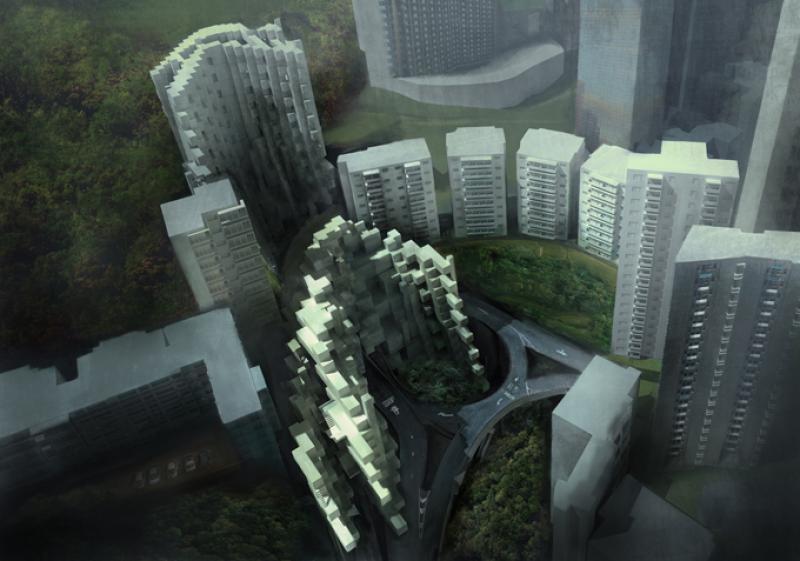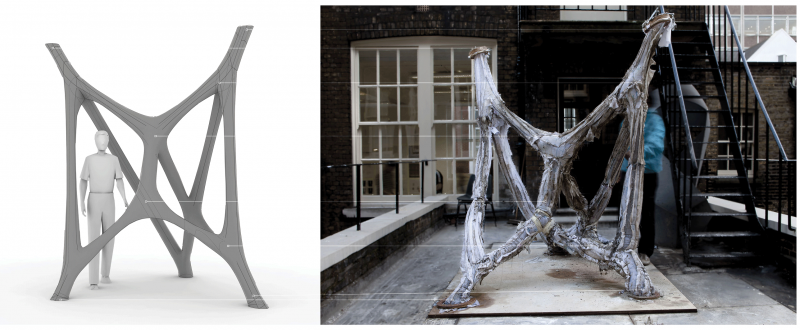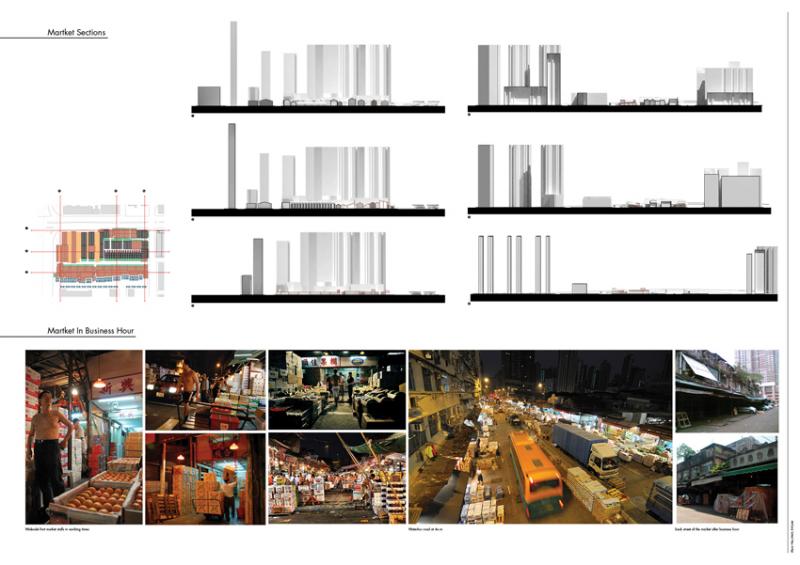In-fill / Out-fits: Prototypes for Urban Dwelling
Inter 6 has focused on a critical investigation into innovative design and construction processes through the application of urban housing scenarios that address contexts of limited resources, infrastructure and space.
Dividing the year into two interdependent phases, we started with the collaborative design and construction of 1:1 scale prototypes based on research into existing fabrication methods. Operating in a laboratory scenario our students worked in teams of three, developing an adaptable casting method with corresponding digital design tools that offer a range of variable outputs. Aiming to produce a minimal enclosure the methods varied from fabric formwork (Quiddale, Wiktor, Golshid), to adjustable pixelated formwork (Kevin, Stavros, Yu) and from flexible jump formwork (Ariadna, Harri, Thomas) to prefabricated panels made from Concrete Cloth (Jihyun, Erez, Anand). Scattered around the AA the structures explored a range of technical issues, geometrical configurations and spatial articulations.
During the second phase of the year we have put our concepts to the test, applying them to the extremely dense, integrated and networked context of Hong Kong. After searching for three-dimensional gaps within the city fabric, our prototypical structures have been reformulated in increased numbers that operate on a range of scales, exploiting issues of grounding, verticality, site constraints and infrastructures.
Keeping a close link to our fabrication strategies the projects investigated how variation can be applied to construct units that adapt to the needs of their inhabitants. Through the selection of diverse sites and multiple interpretations of the programme the student work connects our technical explorations to a range of topics that vary from environmental and site-specific constraints to the programming of different apartment types, social classes and interaction spaces. Furthermore, Hong Kong’s high-density scenarios allow projects to explore design models that can negotiate between the collective project and the interests of the individual, projecting a vision of living structures that can grow and evolve over time.





